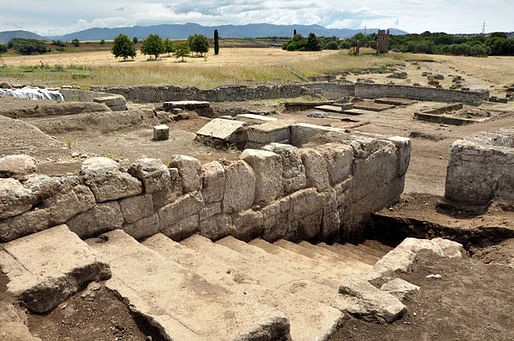

Any definitive insight into the formative stages of Roman architectural hubris lies irretrievable beneath layers of the city’s repeated renovations through the time of caesars, popes and the Renaissance [...] Now, at excavations 11 miles east of Rome’s city center, archaeologists think they are catching a glimpse of Roman tastes in monumental architecture much earlier than previously thought, about 300 years before the Colosseum. — nytimes.com
The New York Times recently reported on the ongoing excavations of Roman monumental
remnants from the city's pre-Colosseum era at the Gabii digging site not far from the capital.
Since last summer, a team of archaeologists and University of Michigan students led by classical studies professor Nicola Terrenato have found a number of significant discoveries from the formative stages of early Roman architecture, including a possible public building from the city-state Gabii, where the digging site gets its name.
The team's findings so far reveal the more modest beginnings of early Roman architecture instead of the image of grandeur many are accustomed to seeing -- and even evidence of urban planning. At this point, the Michigan group has explored two-thirds of the site and continues to unearth the vast layers of ancient Roman history.
Click here to read the full article.
Photo by Anna Gallone/The Gabii Project, via The NY Times.
Are you sure you want to block this user and hide all related comments throughout the site?
No Comments
Archinect
This is your first comment on Archinect. Your comment will be visible once approved.